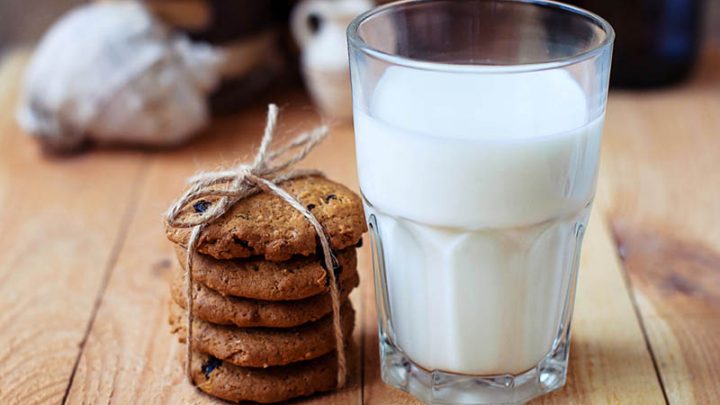Is there a magic potion that can help your milk supply skyrocket?
Is there a type of lactation food that will improve your milk production?
Is there something you can do to ensure your milk supply stops decreasing?
Do lactation cookies work?
Well, even though it has never been scientifically proven, many breastfeeding mothers claim the answer is yes.
Although it could well be the placebo effect, there’s no ignoring all the moms who swear by their magic!
As a nursing mom, it doesn’t matter how much milk your baby is getting – you’ll always worry about whether it’s enough.
I imagine that ever since giving birth, one of your biggest concerns has been about your milk supply – especially if you have problems with lactation.
You probably can’t help but wonder if your milk flow is enough to satisfy your little one’s needs.
If you’re struggling with a low milk supply, or have just noticed that your milk production is decreasing, you’ll do whatever it takes to increase it so you can provide your baby with as much milk as possible.
If you’ve been looking for ways to resolve this issue, you’re bound to have found a variety of foods that are said to support you during lactation (such as chickpeas, fennel seed, oatmeal, leafy greens, etc…).
If so, breastfeeding cookies are probably at the top of the list.
So, the question that arises is: do lactation cookies work?
Can eating them really help you, or is all of the fuss nothing but a good marketing trick?
Well, luckily for you, I’ve done some research so you don’t have to!
The fact is, they do contain ingredients that might boost your milk production, so my advice is: give them a try.
Here is everything you need to know about these “magic” cookies: the advantages, disadvantages, ingredients, and lots of other details.
What Are Lactation Cookies?
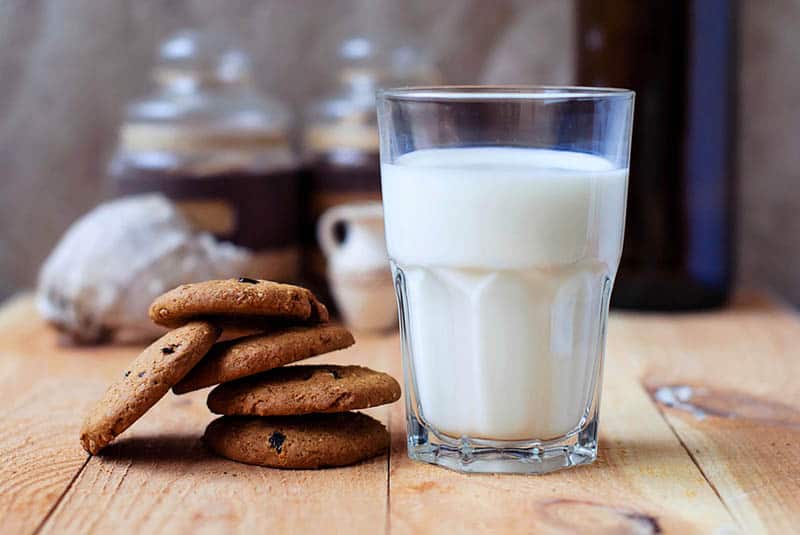
Lately, it seems like more and more nursing moms are going crazy over Lactation Cookies.
In fact, thousands of new moms have sworn these cookies are incredible and have helped with their supply.
So, what exactly are these lactation cookies everyone is talking about?
Can they actually help you or are they too good to be true?
Well, before giving you a valid answer to your questions, you first have to know more about galactagogues.
Explained in simple terms, they are a substance that promotes your breast milk production.
The name says it all. In Greek, galact means milk, and gogues means to lead towards something. Simply put: galactagogues lead you to milk.
After all, that’s exactly what you’ve needed and wanted all along – an easy and effective solution to your supply problems.
Key Galactagogues
Breastfeeding cookies are not the only place you can find this magical ingredient.
In fact, there are numerous foods and medicines which contain galactagogues – they all promote milk production.
Herbal galactagogues
Milk thistle

With Mediterranean origins, the milk thistle plant has beautiful and unique purple flowers and white veins.
Legend has it that The Virgin Mary’s milk fell on its leaves and gave them such a remarkable color.
This story alone should tell you everything you need to know about this plant, and that it’s been used as a remedy for women’s reproductive and breastfeeding problems for many years.
The thistle extract contains silymarin, which cures liver problems and is also helpful in treating certain cancers.
Milk thistle extract also helps with diabetes, lowers cholesterol, and can serve as an antidote for various ailments.
It has properties that are antioxidant and antiviral too.
However, the important question is how it increases breast milk supply.
It’s actually pretty simple: according to some studies, it helps your body create more prolactin, a hormone directly responsible for your milk production.
Goat’s rue

Galega or goat’s rue is a herbal plant that can help you with many conditions.
You can find it in the Middle East, where people have been using it for centuries to cure diabetes and increase breast milk supply.
It’s quite simple to use. You just make tea out of the dried leaves and flower tops and you’re good to go.
It’s safe to drink one cup up to three times daily.
If this is too much trouble for you, finding goat’s rue capsules is a piece of cake.
Taking one capsule 3 to 4 times a day should be enough.
Whatever you do, don’t take fresh goat’s rue as it can be poisonous.
Medication

These medications do increase milk supply, but that doesn’t mean you should use them without first consulting your healthcare provider or a lactation consultant, who will prescribe you the drug and determine the dosage.
Domperidone
Even though domperidone was originally developed for gastritis problems, nausea, and vomiting, it’s a scientifically proven fact that it’s quite effective at increasing milk supply.
The usual dose of domperidone is one pill three times a day. One pill contains 10mg of domperidone.
Changes won’t occur overnight. You’ll probably need to take it for a few weeks before seeing any results.
If nothing happens after this period, your doctor will probably increase the dose to two pills three times a day.
Once the milk supply is established, it’s not necessary to continue taking the medication in order to maintain it.
Metoclopramide
Metoclopramide is a medicine used for stomach problems, especially to help with vomiting and nausea.
But as domperidone, it can also be used for breastfeeding.
How does it work? Well, metoclopramide encourages the release of dopamine in the central nervous system.
Consequently, the prolactin levels in your body are increased which induces your breast milk flow.
The Key Ingredients Of Breastfeeding Cookies
Even though there are many different recipes for lactation cookies, there are some universal ingredients that every cookie contains.
Brewer’s yeast
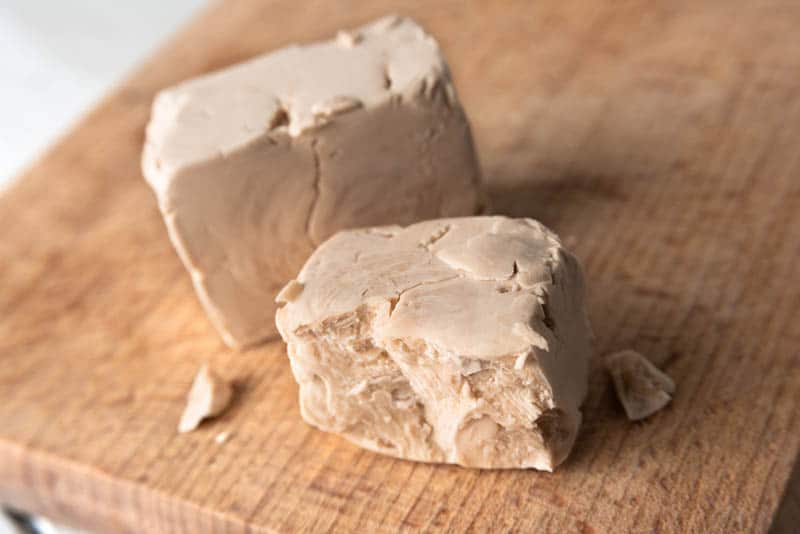
When you think of Brewer’s yeast, bread and beer are the first things that spring to mind, but it’s also used in alternative medicine for digestion problems.
Nevertheless, brewer’s yeast is also a galactagogue.
Even though there is no medical proof to support this theory, mothers around the world swear that it helped with their milk supply.
The best part is you can find brewer’s yeast easily, either at your local grocery store or a brewery.
It is a nutrient-rich food with numerous health benefits, so people use it as a nutritional supplement.
It’s high in protein, has B vitamins (B1, B2, B3, folate), minerals, probiotics, beta-glucans, and ergosterol (which can prevent breast cancer).
Oats
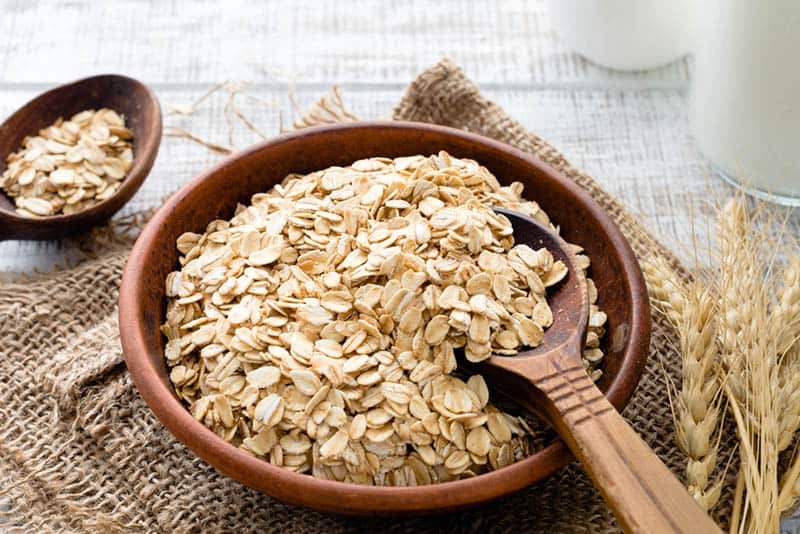
Trust me on this one: oats are much more than a livestock meal.
This whole-grain food will lower your cholesterol levels (one and a half cups of oatmeal every day can lower your cholesterol by 5 to 8 percent) and reduces the risk of a stroke.
Why is it a lactation cookie ingredient, though?
Well, the truth is you don’t even have to put in your cookies, as oatmeal on its own will really help you.
Every kind of oatmeal works the same way. You can choose between granola bars, steel-cut, baked, or rolled oats.
Oats are a whole-grain food, which means it contains a lot of iron.
Half a cup of oats contains 2 mg of iron.
A breastfeeding mom needs 10mg of iron per day, which means that only half a cup will be enough for 20% of your daily needs.
There is no scientific research that backs up this claim, however.
Fenugreek
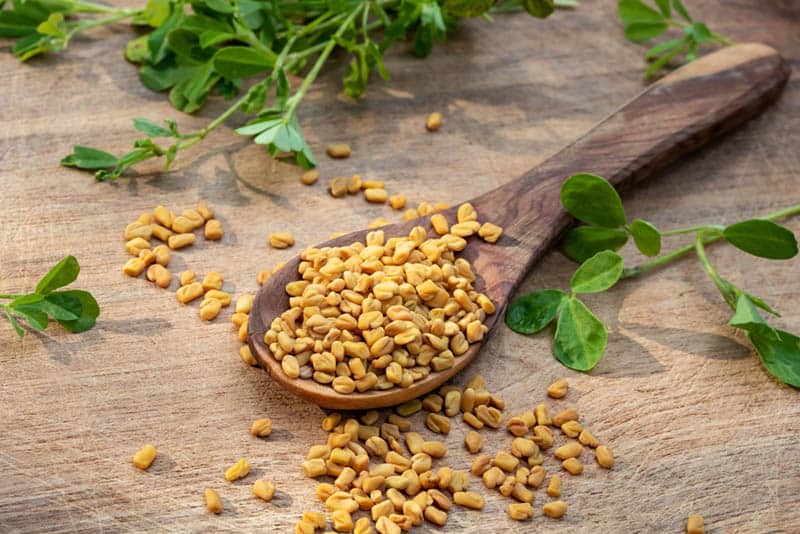
Fenugreek is cultivated worldwide.
It’s a plant similar to clover and is native to the Mediterranean region, western Asia, and southern Europe. Soy and fenugreek come from the same family.
When it comes to breastfeeding, fenugreek has shown to be most effective during the first days of nursing, while it has less impact on mature milk.
There are fenugreek breastfeeding capsules available at almost every pharmacy.
The best part is they work wonders extremely quickly.
Moms have reported they saw results in the first 24 or 72 hours after taking the capsules.
If you decide to make fenugreek tea, you’ll be drinking more water.
Therefore, you’ll be more hydrated which will also promote your milk supply.
The only negative thing about fenugreek products is that your little one can be a little gassier after breastfeeding.
Flax seeds
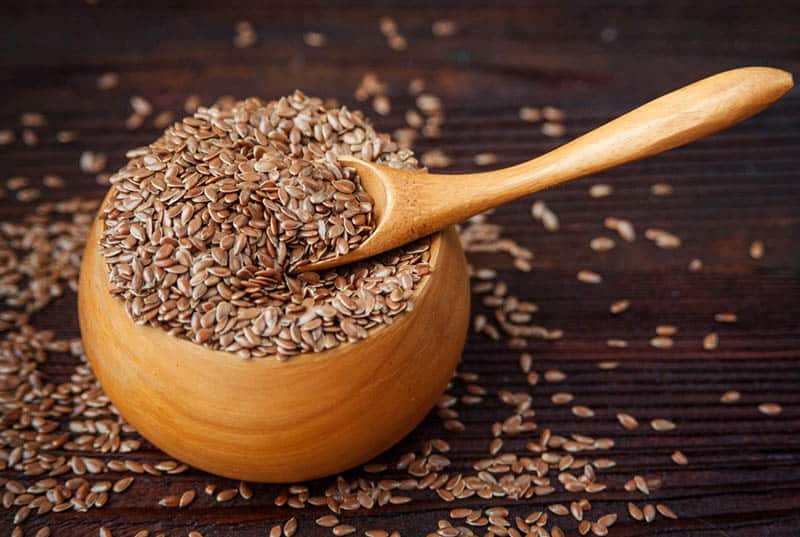
Flax, or linseeds, have lots of health benefits.
They’re high in Omega-3 fats and alpha-linolenic acid (ALA), which your body can’t produce and you can only obtain from food.
This acid prevents fats from sticking to your blood vessels.
That’s not all. Flax seeds are also rich in proteins, B6, B1, iron, potassium, magnesium, calcium, and folate.
How do flax seeds affect lactation?
Well, they have estrogenic properties, among other benefits, and the fatty acids we’ve already discussed are crucial for producing milk.
Wheat germ
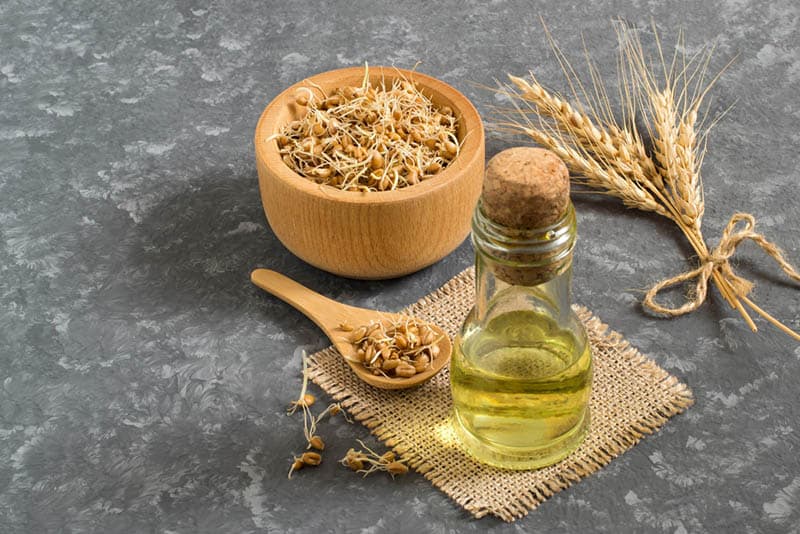
The wheat kernel has three edible parts: the germ, the brain, and the endosperm.
We’re interested in the germ, which contains folic acid, phosphorus, and vitamin E.
A wheat germ is a whole-grain carbohydrate.
For every breastfeeding mom, the most important ingredient of wheat germ is zinc.
A nursing mom needs 12mg of zinc per day while the upper limit for all adults is 40 mg.
How Do Lactation Cookies Work?
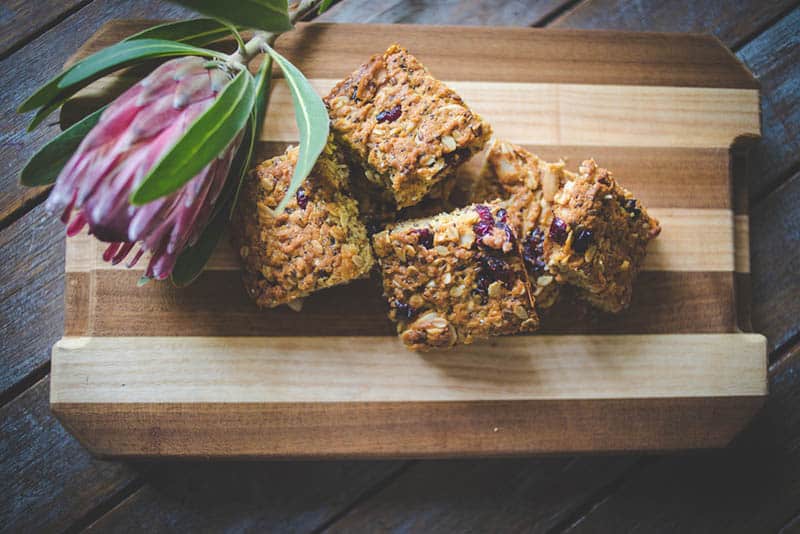
When you combine all these things in lactation cookies they really work wonders.
First of all, oats have saponins that stimulate your immune system and also have an incredibly positive impact on the production of prolactin.
Flaxseed meal is rich in healthy omega acids.
They’re not only beneficial for you, your baby will also get these via the milk, which will be nutritionally boosted.
Omega-6 and omega-3 fatty acids are crucial for the development of the baby’s immune system.
These acids are also proven to be great anti-allergens.
Fenugreek has lots of phytoestrogen, which balances your estrogen levels.
Consequently, your prolactin levels are also balanced leading to regulated milk production.
This is not the only thing putting fenugreek in your cookies will help you with, as it can improve your letdown reflex as well.
Finally, there is brewer’s yeast, which is full of important nutrients like selenium, vitamin B, and chromium.
Once again, there is no scientific evidence that can prove lactation cookies work, but nobody claims they’re not efficient either.
In fact, no recent larger studies have been conducted regarding this matter.
So, if you’re wondering: do lactation cookies work? I can only recommend you give them a shot.
And how fast do lactation cookies work? Nobody can guarantee the speed of the results because everybody is unique.
Nevertheless, most breastfeeding moms have reported seeing improvement in just a couple of days, which means the result is almost immediate.
How Many Breastfeeding Cookies Is Enough?
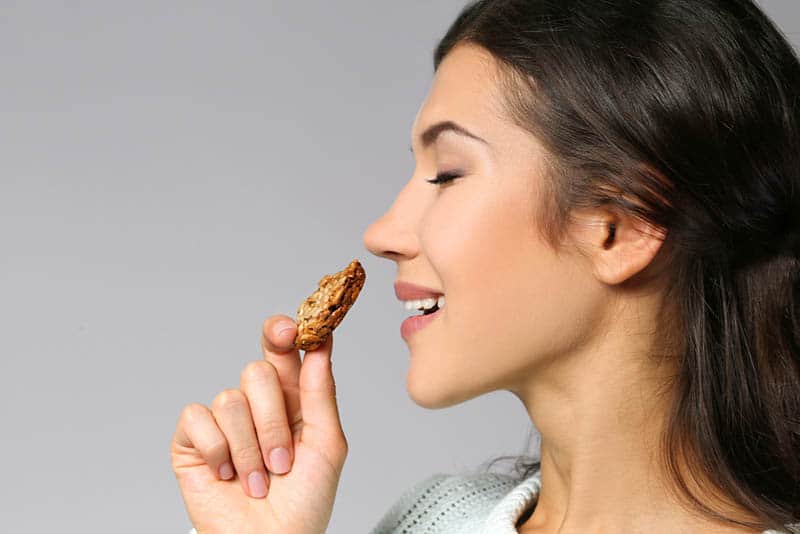
You may be wondering how many cookies are enough.
Well, it depends on a variety of factors, such as the amount of milk you’re already producing and your weight.
The average recommended amount is two or three cookies a day.
Most moms decide to start with two a day and then adjust depending on the results.
If you see no large improvements, increase to three.
If everything is going as expected, it’s safe to cut down to one cookie a day.
Of course, it will also depend on the size of the cookies you’re making.
If they’re smaller eat more, and if they’re bigger eat less.
As with everything else, the most important thing is to listen to what your body is telling you and react appropriately.
When Is It Safe To Start Eating Breastfeeding Cookies?
You might think it’s best to start eating breastfeeding cookies in the postpartum period, but there is no harm in introducing them to your diet a few weeks before giving birth.
You might be starting to worry about your milk production when the baby arrives, so this will help you feel better at the very least.
You’ll feel like you’re doing something to prevent problems and there is nothing wrong with that.
In this case, one cookie a day will be enough.
Pros Of Breastfeeding Cookies
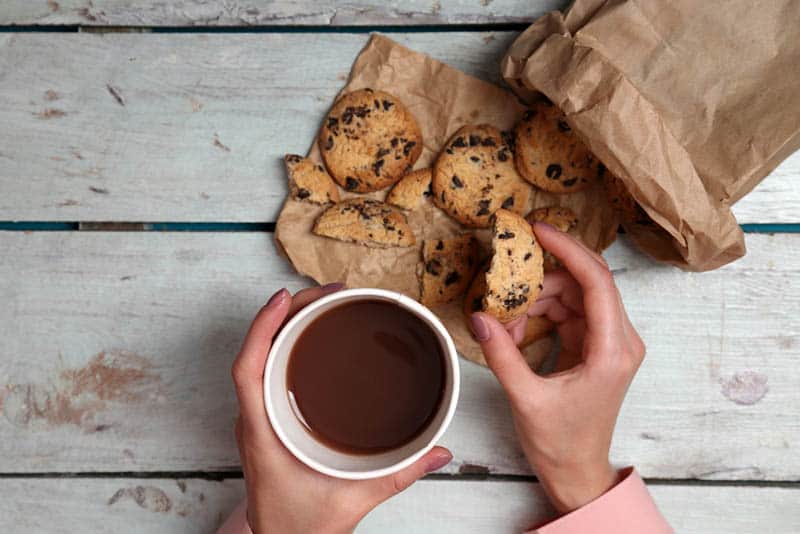
1. A healthy and delicious snack
Lactation cookies are not only healthy, but they’re also quite tasty. Of course, they are not a meal replacement.
These cookies are great as a snack in between meals or something to have with your tea.
You won’t have to make new portions every day, which is an added bonus.
You can simply make a large batch of dough, and safely freeze it.
Now, the cookies are ready to be baked in the oven. Just put them on some baking paper and take them out after 10 or 15 minutes.
They are perfect for when you’re tired as they’re so simple to make.
2. The entire family can eat them
Even though these cookies are primarily used to induce lactation, they’re perfectly safe for the entire family.
Don’t worry, nobody else will start producing milk.
These cookies increase lactation if you’re lactating – they cannot magically make your milk flow out of nowhere.
However, please be careful about your family’s health conditions.
If someone has diabetes, avoid fenugreek.
That being said, fenugreek should also be left out if you’re currently pregnant.
3. They might skyrocket your milk supply
Your main goal is to increase your milk supply.
I can’t tell you that breastfeeding cookies will definitely boost your milk flow, but I will tell you they might increase your milk supply and I’m sure that’s good enough if you’re having problems with lactation.
If this is the case, please don’t delay talking to your lactation consultant any further.
They will provide you with the necessary care and direct you towards the steps you should take.
Cons Of Breastfeeding Cookies
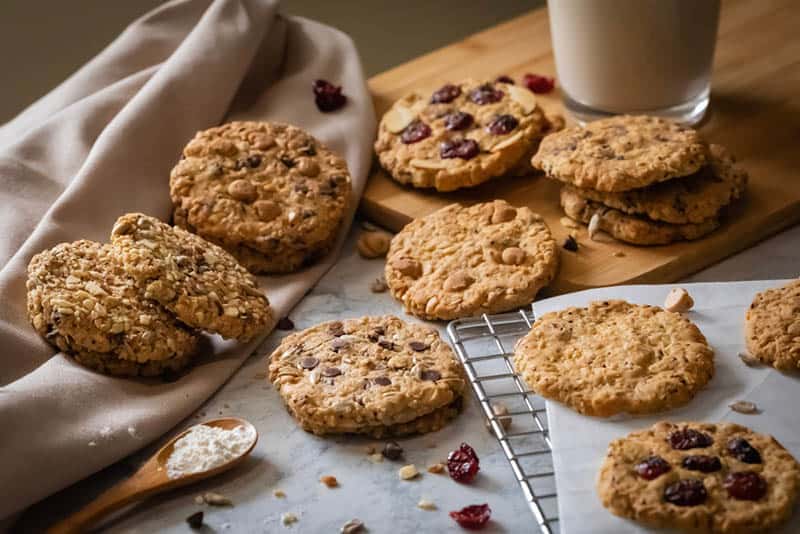
Sadly, not everything about these cookies is all rainbows and butterflies.
There are some possible negative side-effects, but luckily none of them are particularly dangerous.
1. Gassiness and bloating
One of the most common negative consequences of breastfeeding cookies is gassiness and bloating.
This is something that not only affects moms, but also the baby consuming the milk.
Brewer’s yeast is to blame for the excessive gassiness. It is actually a type of fungus and will therefore sometimes act as a probiotic.
This is more likely to happen for those who have never eaten brewer’s yeast and are now consuming it in large quantities.
For moms struggling with lactation, the recommended amount of brewer’s yeast is one or two tablespoons a day.
Sometimes, wheat germ can also be responsible for increased gassiness.
It’s high in fiber so this can be one of the side effects.
The best solution for this problem is to make your own cookies instead of buying them.
This way, you can leave an ingredient out to check if it’s what’s causing your issues.
2. Weight gain
If you’re looking for ways to lose weight in the postpartum period, these cookies are probably not the best choice for you.
They contain butter and sugar which will mean you’re consuming some extra calories.
Of course, this is not likely to happen if you follow the guidelines and only eat a few cookies a day.
However, it’s easy to go over the top as they are so delicious!.
When you’re a busy mom it’s great to have a delicious snack on hand that doesn’t need any special preparation..
The best way to solve this problem is to have all the same ingredients without butter or sugar, as these are not essential to increasing your milk supply – they’re just there for the taste.
A great way to do this is by making a breastfeeding smoothie that includes all of the galactagogues.
This doesn’t mean you won’t gain any weight at all. It’s likely that you’ll spend the extra calories on the baby.
Don’t forget that even though nursing makes you hungry, breastfeeding itself burns a lot of calories, though the exact amount depends on the milk flow.
Either way, the best option is to consult your nutritionist for further information.
3. Milk oversupply
Now you’re struggling with milk undersupply, but if you start eating too many cookies you might find yourself with a milk oversupply.
This might seem like a dream come true at first, but trust me, it’s anything but!
In fact, I can guarantee you’ll have to start looking for ways to decrease the production of milk before you know it.
There are numerous problems and issues that arise as a result of oversupply, the biggest being the possibility of your nipple pores clogging or leaking, which is incredibly uncomfortable.
4. Migraine or dizziness
There have been reports of migraines occurring after eating breastfeeding cookies.
If that happens, the brewer’s yeast is the culprit once again.
Also, wheat germ can cause dizziness in some women. Even though these side effects are rare, they do happen and you have to be aware of them.
In this case, it’s best to abstain from eating cookies.
Lactation Cookies Recipes
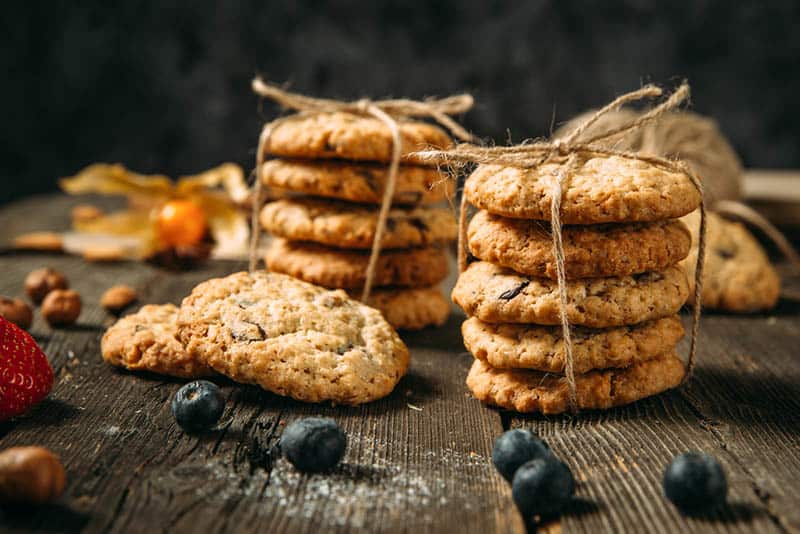
You can always make your own lactation cookies as long as you include all the key ingredients.
This is one of the tastiest recipes I found.
Ingredients
• Cinnamon (1/2 teaspoon)
• Baking powder (1/2 teaspoon)
• Rolled oats (3 cups)
• Baking soda (1/2 teaspoon)
• Flour (1 1/2 cups)
• Salt (1/4 teaspoon)
• Butter (12 teaspoons)
• Coconut oil (teaspoons)
• Ground flaxseed (3 tablespoons)
• Sugar (1 1/2 cups)
• 1 large egg + 1 large egg yolk
• Vanilla extract (2 teaspoons)
• Brewers yeast (5 tablespoons)
Instructions
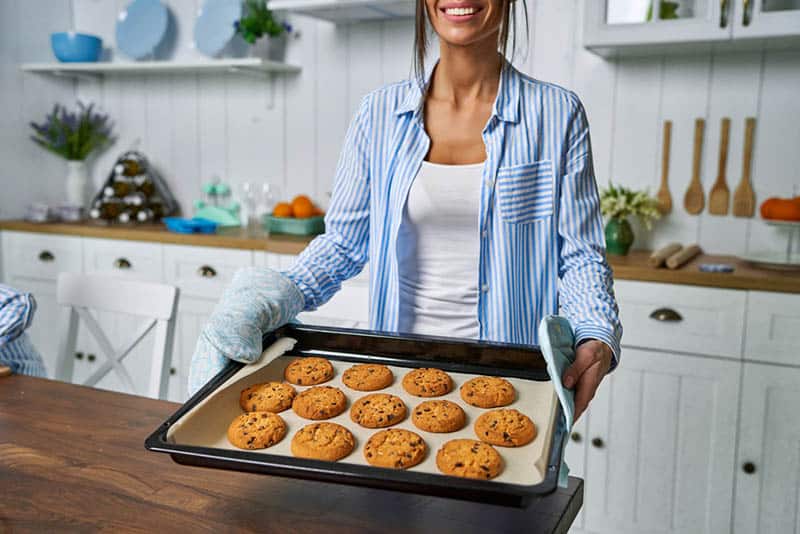
Preheat the oven to 350 degrees Fahrenheit.
In a large bowl: mix baking powder, soda, flour, flaxseed, salt, cinnamon, oats, and yeast.
Take another bowl and use an electric mixer to combine coconut oil and butter.
Use the medium speed and mix everything together until creamy.
When you’re done, add sugar. Continue beating on medium speed until everything becomes fluffy.
This will take you 4 to 5 minutes.
Now is the time to add the egg and egg yolk. Beat them for around 2 to 3 minutes.
After that, add the vanilla extract and mix again.
Now is the best time to start adding the dry ingredients.
Don’t add all the ingredients at once – do it gradually. Reduce the speed to the lowest setting and continue beating until everything is well combined and mixed.
Scoop the dough into rounds. Each round should be around one inch in size.
Put them on a baking sheet and don’t forget to leave around two inches of space in between.
Bake for between 10 and 15 minutes.
Freezing the dough
If it’s more convenient, you don’t have to bake the entire mixture all at once.
Just freeze the dough in rounds by putting them on a baking sheet in the freezer.
Leave them on the baking sheet for a couple of hours.
Now it’s safe to store the dough rounds in a ziplock bag and put them back in the freezer.
When you’re baking them from frozen, they’ll probably need an extra minute in the oven.
Final Thoughts
Everyone is unique, therefore there is no universal answer to the question: do lactation cookies work?
Some women swear by them, while others claim that consuming them had no effect at all.
There are also the moms who experienced some unwanted side effects.
All you can do is try for yourself.
The most important thing to remember here is the cookies are not hazardous for you or your little one.
You’re not actually risking anything by trying them, and even the worst possible case scenario isn’t that bad.
There’s just one crucial tip: Be sure to follow your body’s reactions and listen to what it’s trying to tell you.
This is the only relevant scale that can give you a proper answer.
Like this post? Please share or pin it for later. You can also stay in the loop and follow us on Facebook, Instagram or Pinterest.
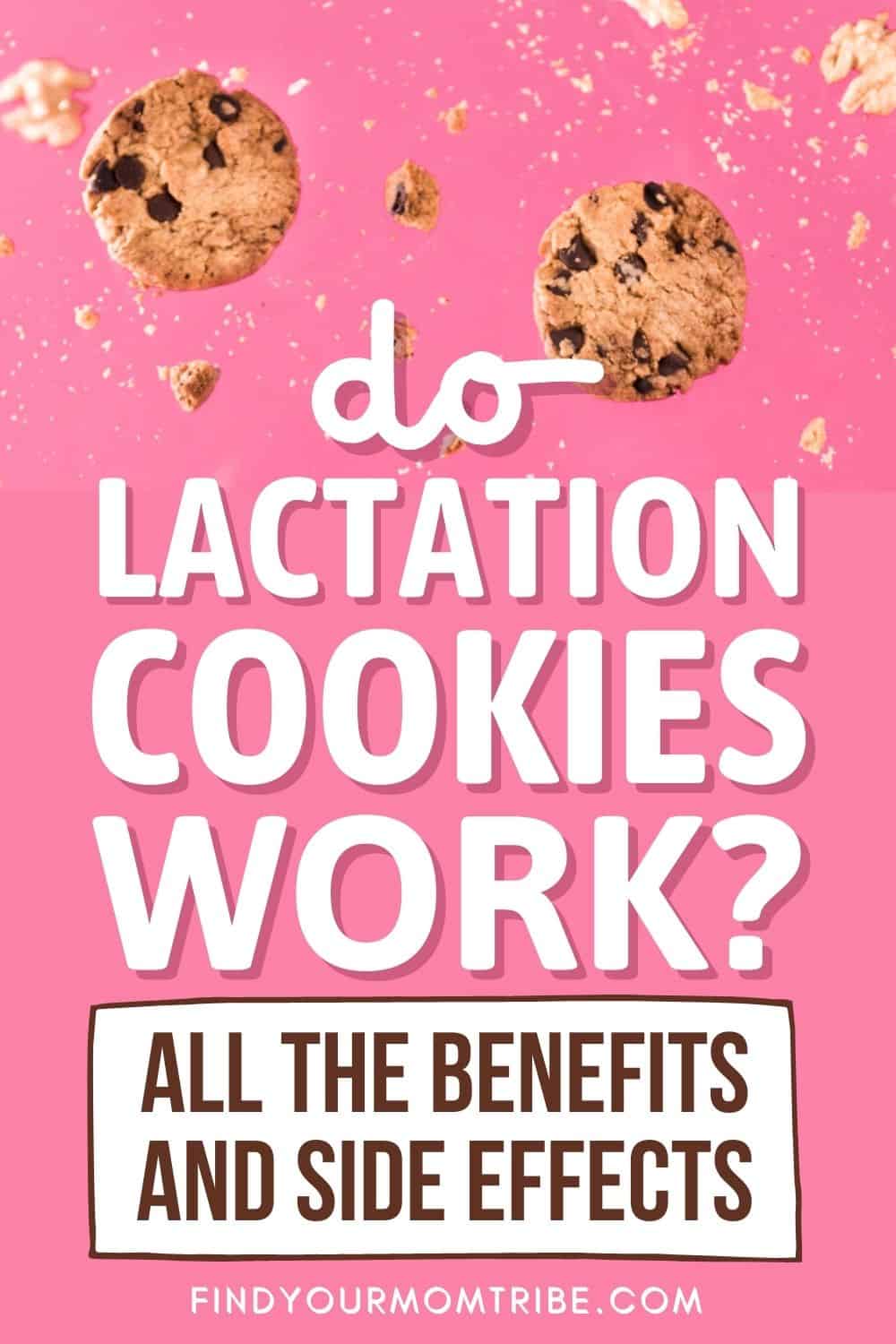
We love honesty! Find Your Mom Tribe is an Amazon Associate and we earn from qualifying purchases through affiliate links at no extra cost to you. Please see our full Amazon Affiliate disclosure for more information.

